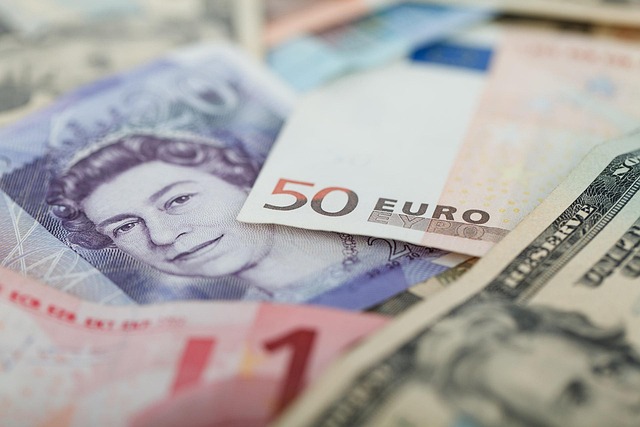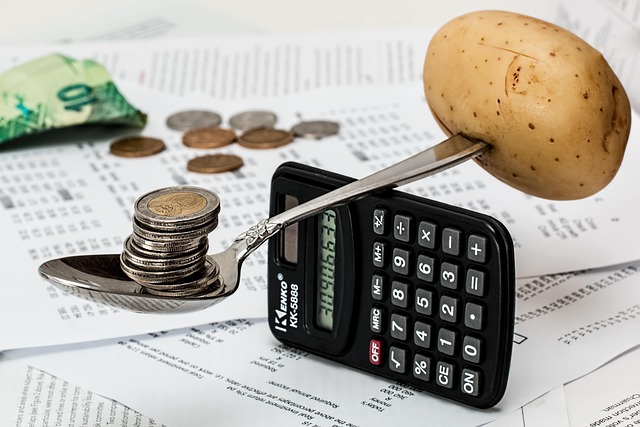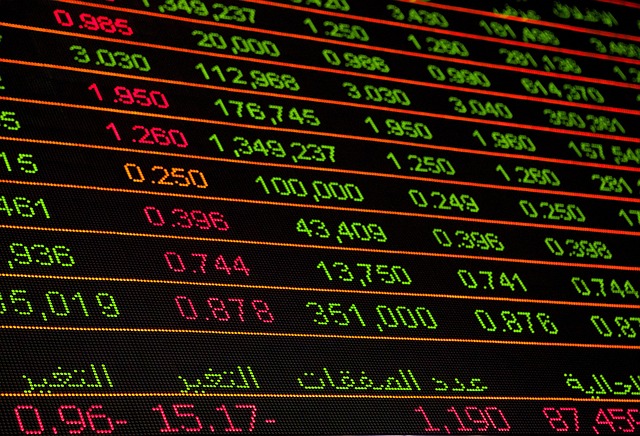
The Iraqi Dinar
The Iraqi dinar, a currency rich in history and complexity, has seen its fair share of ups and downs since its introduction in 1932. This article dives into the fascinating journey of the dinar, exploring its origins, the impact of historical events, and its current status in the global economy.
A Brief History
The Iraqi dinar was first introduced on April 1, 1932, replacing the Indian rupee, which had been the official currency during the British occupation. At the time, the exchange rate was set at 1 dinar for 11 rupees. This transition marked a significant step in establishing Iraq's financial independence.
However, the dinar's story took a tumultuous turn after the Gulf War in 1990. Following the war, UN sanctions severely impacted Iraq's economy, leading to the production of new currency notes. These notes, known as Saddam dinars, were issued in large quantities, resulting in significant inflation and a devaluation of the currency.
Currency Evolution
By the late 1990s, the value of the dinar had plummeted, with the black market rate reaching 3,000 Saddam dinars for just 1 US dollar. Interestingly, pre-1990 notes, often referred to as Swiss dinars, continued to circulate in northern Iraq, where the Kurdish government rejected the inflated Saddam dinar notes. This division highlighted the ongoing political and economic challenges within the country.
The Current Exchange Rate
As of February 7, 2023, the exchange rate stood at 1 US dollar equaling approximately 1,300 dinars. This reflects a more stabilized economy compared to the extreme fluctuations of the past. While the dinar has not regained its former glory, it has found a more stable footing in recent years.
Economic Impact
The Iraqi dinar is more than just a piece of paper; it represents the resilience of a nation. The economic landscape of Iraq is still recovering from years of conflict and sanctions. The government is working diligently to improve the financial situation, focusing on rebuilding infrastructure and fostering international trade.
Despite these efforts, challenges remain. The dinar's value is still sensitive to global oil prices, which play a significant role in Iraq's economy. As a country rich in oil reserves, fluctuations in oil prices can have a direct impact on the dinar's stability.
Final Thoughts
The Iraqi dinar's journey is a testament to the resilience of a nation facing adversity. Understanding its history and current status provides valuable insight into the broader economic landscape of Iraq. As the country continues to rebuild and grow, the dinar will undoubtedly play a crucial role in its future.
For those interested in currency and economic trends, the story of the Iraqi dinar is both a cautionary tale and a beacon of hope. 🌟

















 Paramount Global Class B Common Stock
Paramount Global Class B Common Stock 
 Health
Health  Fitness
Fitness  Lifestyle
Lifestyle  Tech
Tech  Travel
Travel  Food
Food  Education
Education  Parenting
Parenting  Career & Work
Career & Work  Hobbies
Hobbies  Wellness
Wellness  Beauty
Beauty  Cars
Cars  Art
Art  Science
Science  Culture
Culture  Books
Books  Music
Music  Movies
Movies  Gaming
Gaming  Sports
Sports  Nature
Nature  Home & Garden
Home & Garden  Business & Finance
Business & Finance  Relationships
Relationships  Pets
Pets  Shopping
Shopping  Mindset & Inspiration
Mindset & Inspiration  Environment
Environment  Gadgets
Gadgets  Politics
Politics 